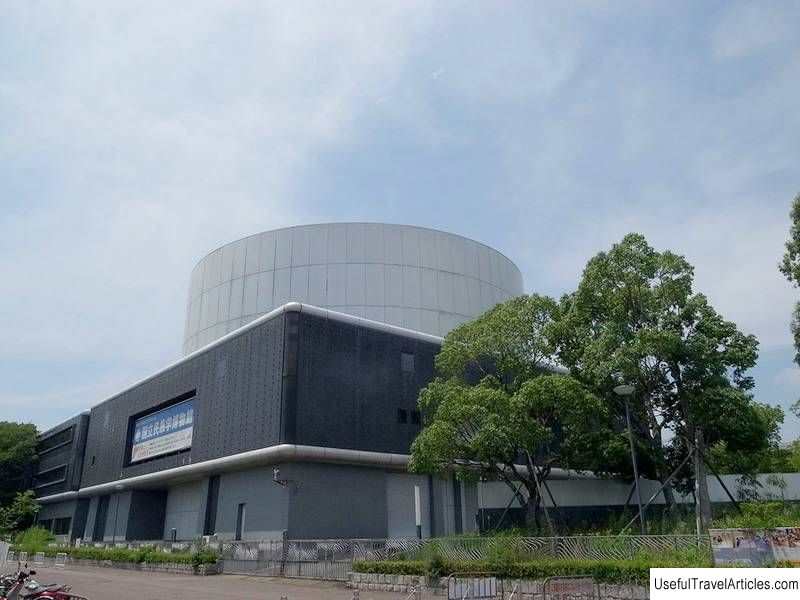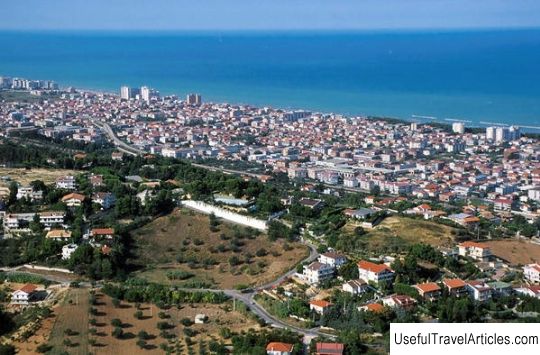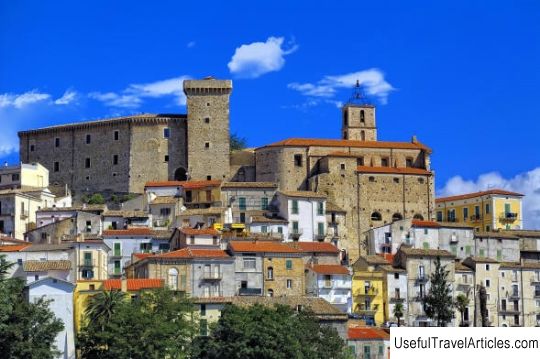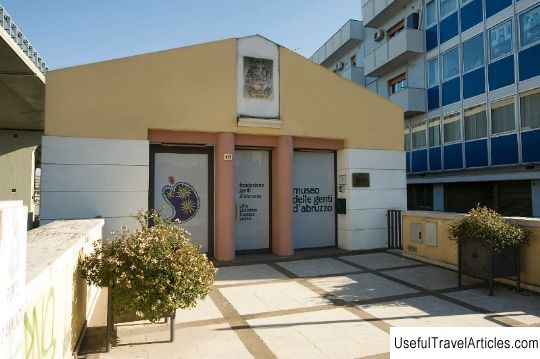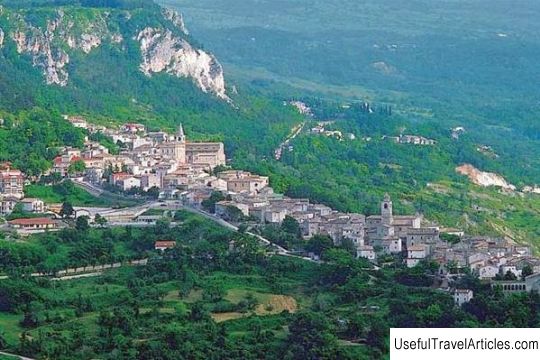Vasto description and photos - Italy: Pescara
Rating: 8,2/10 (879 votes) 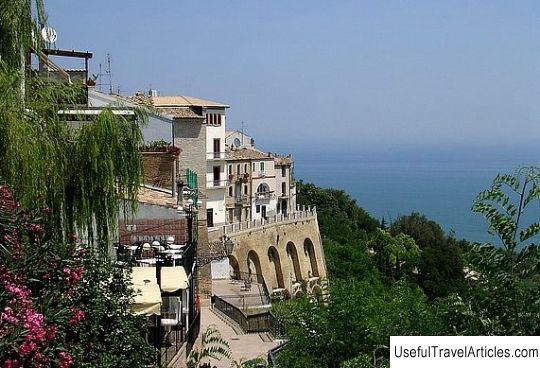
Vasto description and photos - Italy: Pescara. Detailed information about the attraction. Description, photographs and a map showing the nearest significant objects. The title in English is Vasto. Photo and descriptionVasto is an ancient town in the vicinity of Pescara. The first settlement on this site was founded in the 13th century BC, and the city itself, according to legend, was founded by the Greek hero Diomedes. True, today most of the preserved historical and architectural monuments in the city date back to the Middle Ages. Vasto was once one of the main cities of the Frentani people. It was founded on the Adriatic coast, 9 km south of Punta della Penna. In the era of Ancient Rome, it did not become a colony, but bore the honorary title of a municipality - a prosperous and wealthy city. This is evidenced by the surviving ruins of a theater, baths and other public buildings, decorated with numerous mosaics, statues and marble columns. After the fall of the Western Roman Empire, Vasto fell into the hands of the Byzantines, then the Franks and Lombards, and finally, in the 11th century, was conquered by the Normans. And from the 13th century it was part of the Kingdom of Naples, which was later transformed into the Kingdom of the Two Sicilies. In the 15th century, the city was ruled by the Caldoras family, on whose initiative a castle and numerous defensive towers were built in the city, which have survived to this day - Torre Bassano in Piazza Rossetti, Torre Diomede in Vico Storto del Passero, Torre Diamante in the square Piazza Verdi and Porta Catena. Today Vasto is especially famous for its beautiful churches - here you can admire the Cathedral of San Giuseppe, the churches of Santa Maria Maggiore, Sant Antonio, San Francesco di Paola and Santa Maria dal Carmine. Among them, the church of Sant Antonio stands out - it has perfectly preserved stucco moldings of the luxurious Baroque era. In addition to the fact that the buildings of the churches are beautiful and worthy of attention in themselves, you can also find real works of art in them. In addition to churches in Vasto, noteworthy is the above-mentioned castle and two aristocratic palaces - Palazzo Caldora and Palazzo d'Avalos. The building of the latter houses the city museum today.         We also recommend reading Castalian Spring description and photos - Greece: Delphi Topic: Vasto description and photos - Italy: Pescara. |
